Su Guía Esencial para Plantar Tulipanes - Aprenda a Cultivar Tulipanes
Los tulipanes son una de las flores más populares que se pueden encontrar en los jardines. El secreto de su popularidad no sólo radica en su fácil cuidado, sino también en la cantidad de tipos interesantes de tulipanes. El tulipán se ha ganado el corazón de los europeos, pero cabe destacar que también se puede encontrar en África y Asia. Antes de decidirse por esta planta, asegúrese de comprobar cómo plantar tulipanes, cómo proporcionarles las mejores condiciones y cómo cuidarlos. Hemos preparado una guía completa que puede resultarle útil para el cultivo de tulipanes.

Tulipanes: ¿qué son y qué aspecto tienen?
El tulipán (Tulipa L.) se clasifica como una planta de bulbo. Es una planta perenne de la familia de las Liliáceas. Sin embargo, los bulbos que forma son anuales. Hay muchas zonas en las que los tulipanes crecen de forma natural: países europeos, Kazajstán, China y Japón. Pero los Países Bajos se consideran la capital de los tulipanes.
Aunque hay muchos tipos de tulipanes en el mundo, la estructura de estas plantas es siempre la misma. Por lo general, sólo hay una flor que crece en el tallo. Tiene un cáliz y una corola impresionantes. Según la variedad, las flores son de uno o varios colores, tienen diferentes tamaños y la corola puede ser lisa, puntiaguda o irregular.
Hay algunos tipos únicos de tulipanes en el mundo, con múltiples flores que crecen en un solo tallo ramificado.

¿Cómo cultivar tulipanes? ¿Cuál es el mejor suelo para ellos?
Los tulipanes no son plantas demasiado exigentes, por lo que pueden crecer en la mayoría de los jardines. Necesitan un suelo ligero de abono. Un sustrato rico con un nivel de pH de 6,5 - 7,5 es el que ofrece las mejores condiciones, ya que se puede esperar la floración más hermosa. Pero también se puede utilizar un suelo menos fértil.
Recuerda que todos los tipos de tulipanes prefieren estar a pleno sol, así que asegúrate de que otras plantas no bloqueen la luz.
Los tipos de tulipanes más populares
Los tulipanes se pueden clasificar de muchas maneras diferentes, por lo que se pueden distinguir las variedades más populares de cada grupo. Los tipos más comunes de tulipanes se incluyen en los siguientes grupos:
- floración temprana,
- floración media,
- floración tardía.
Además, también se pueden distinguir ** tulipanes monocolores, multicolores, de maceta, de jardín, perfumados y de montaña.** ¿Se pueden marcar las plantas más populares entre una variedad tan amplia? Por supuesto. Es más, se pueden encontrar listas especiales ofrecidas por productores y cultivadores de plantas.
Una lista de este tipo podría contener los siguientes TOP 5 tipos de tulipanes:
- Oro fuerte - los tulipanes amarillos, una de las flores más comunes que se pueden encontrar en los parterres de flores perennes, pero también dentro de la casa en un jarrón. Se distinguen por sus grandes y delicados pétalos mates. Florecen muy pronto. Dependiendo del tiempo, uno puede esperar ver las hermosas flores a mediados de Mayo.
- Reputation - es un tulipán único que tiene pétalos característicos - con bordes amarillos. Esta variedad ha sustituido a otros tipos de tulipán muy populares - Leen van der Mark.
- Rococo - es un tipo de tulipán loro. Ganó su popularidad gracias a la forma no estándar de las flores. Los pétalos son muy irregulares, con muchas protuberancias y a veces con bordes dentados. El color de estos tulipanes loro también es muy característico. Los pétalos tienen un tono rojo muy saturado con un poco de verde. El tulipán queda perfecto en combinación con otras plantas sencillas, por ejemplo, rosas clásicas o delicadas freesias.
- Hermitage - tulipanes muy resistentes, perfectos para parterres que no pueden protegerse de las fuertes rachas de viento. Tienen un característico tallo grueso y flores hermosas, grandes y llenas. Mucha gente se fija en los colores de los pétalos con algunos tonos difuminados - tiene un aspecto increíble.
- Inzell - tulipanes blancos que son especialmente populares en Europa central. Dependiendo de las condiciones meteorológicas, florecen ya en mayo. Son una decoración perfecta para abrir la temporada de bodas. Las flores de estos tulipanes son muy delicadas y su forma es sencilla. Por eso, son unas flores estupendas como complemento de otras plantas más impresionantes.
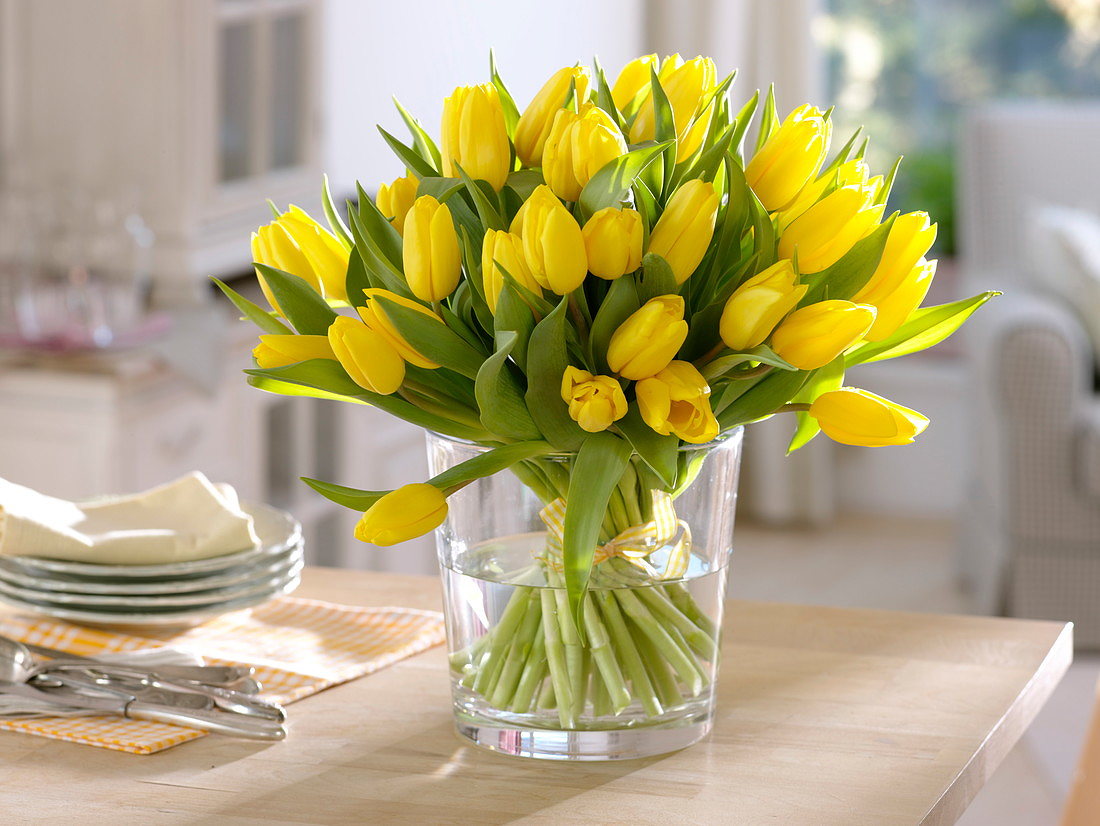
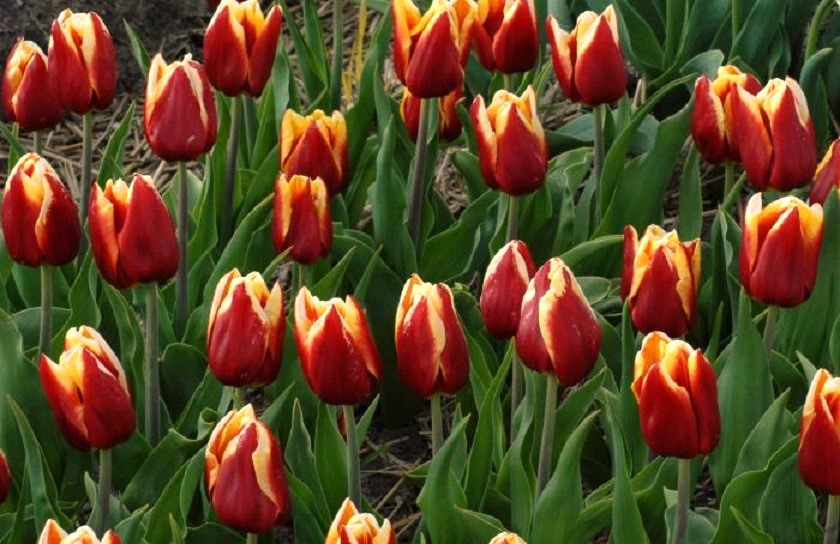
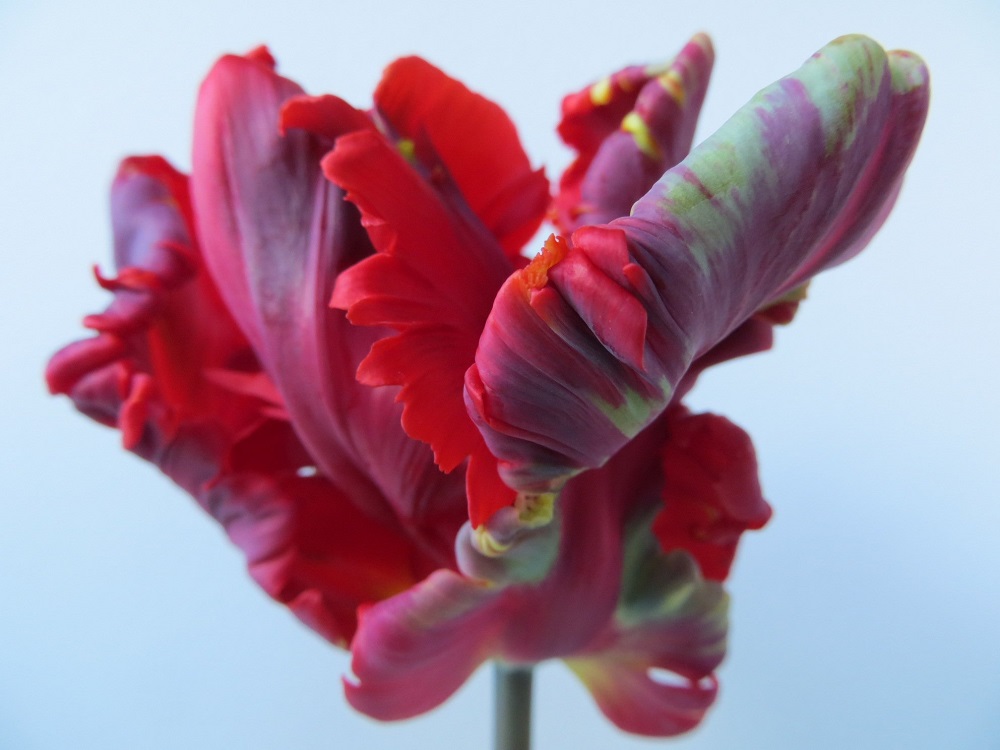


¿Cuándo plantar tulipanes?
La plantación de tulipanes es similar para la mayoría de los tipos y debe hacerse en otoño. Pero, como subrayan los expertos, el mejor momento para plantar tulipanes es entre septiembre y octubre, aunque depende mucho de las condiciones meteorológicas. Si en septiembre se produce un descenso importante de las temperaturas, es mejor plantar los tulipanes antes, antes de las primeras heladas.
No plante sus tulipanes si la temperatura del suelo es baja. 15-16°C (59-60.8 F) es el mínimo.
¿Cómo plantar tulipanes?
¿Nunca has manipulado estas plantas y te preguntas cómo plantar tulipanes? Esta es la parte más fácil, así que no te preocupes. Sólo tienes que elegir el lugar adecuado, cavar agujeros de 20 cm (8 pulgadas) de profundidad, poner los bulbos dentro y taparlos.
Las flores de tulipán quedan mejor si forman hileras en los parterres. Tenlo en cuenta al plantarlos. Asegúrate de mantener un espacio adecuado entre las plantas. No deben crecer más cerca unas de otras que 10 cm (4 pulgadas).
Si has tenido alguna plaga en tu jardín en el pasado, piensa en una solución para proteger los bulbos. No es nada complicado: basta con verter un poco de grava en el agujero del suelo.
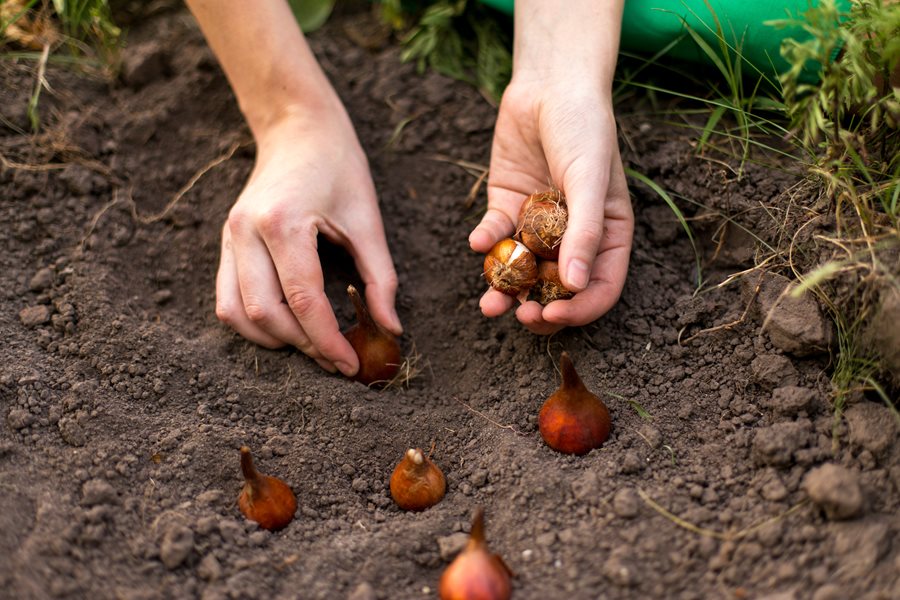
¿Cómo se cuidan los tulipanes?
El tulipán no es una planta muy problemática de cuidar, pero hay que tener en cuenta varias medidas básicas. El riego regular es lo esencial, en este caso, sobre todo si las temperaturas son cálidas.
Es muy importante saber qué hacer con los tulipanes después de que florezcan. Hay que retirar las flores deterioradas. En ningún caso hay que hacer nada con los tallos y las hojas. Tienen que secarse de forma natural. Cuando lo hacen, es una señal de que puedes desenterrar los bulbos y guardarlos hasta la replantación.
Cuidado de los tulipanes: ¿necesitan un abono especial?
Los tulipanes florecen durante un tiempo relativamente corto. Por esta razón, mucha gente se pregunta si tiene sentido abonar. Resulta que es lo absolutamente esencial, gracias a lo cual los bulbos duran mucho tiempo. Una planta bien “nutrida” se fortalece antes de la intensa temporada de floración. Así, los productos especiales aumentan la posibilidad de que el bulbo sobreviva almacenando después de desenterrarlo.
También hay otra cuestión muy importante: ¿Qué abono utilizar para que los tulipanes se nutran sin sufrir ningún daño? Si no tienes experiencia en esta materia, elige productos comprados en la tienda, ricos en potasio, nitrógeno y fósforo. Puedes adquirirlos tanto en tiendas físicas como online; estas últimas suelen ofrecer precios más atractivos.
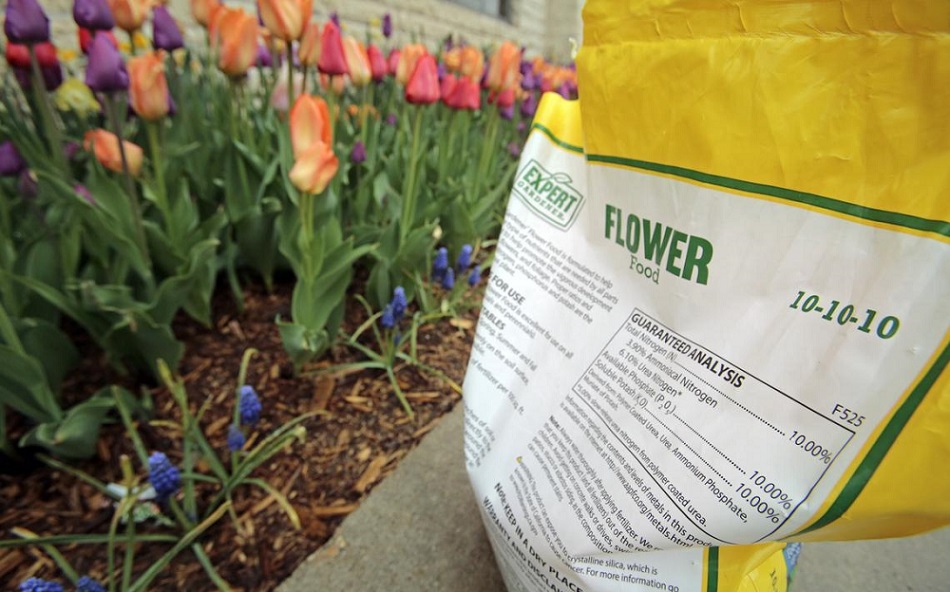
Cultivo de tulipanes - ¿Cómo se propagan los tulipanes?
La propagación de los tulipanes es un proceso muy sencillo. Se realiza mediante la división de los bulbos. A medida que los tulipanes florecen, los bulbos plantados producen bulbos hijos, también denominados vástagos. Cuando las plantas terminan de florecer y se extraen del suelo, se dividen y se dejan secar. De este modo, están listos para ser plantados o vendidos.
¿Dónde puedo comprar bulbos de tulipán?
Los bulbos de tulipán listos para plantar se pueden comprar en cualquier tienda de jardinería. Todo depende de los tipos de tulipanes que desee. Los más populares están disponibles incluso en los supermercados en la sección de plantas.
Si quieres tener flores de tulipán únicas en tu jardín, puedes buscarlas en la web. Muchos cultivadores profesionales de plantas ofrecen allí sus productos. Ten en cuenta, sin embargo, que si eliges variedades menos estándar, puede que tengas que pagar más.
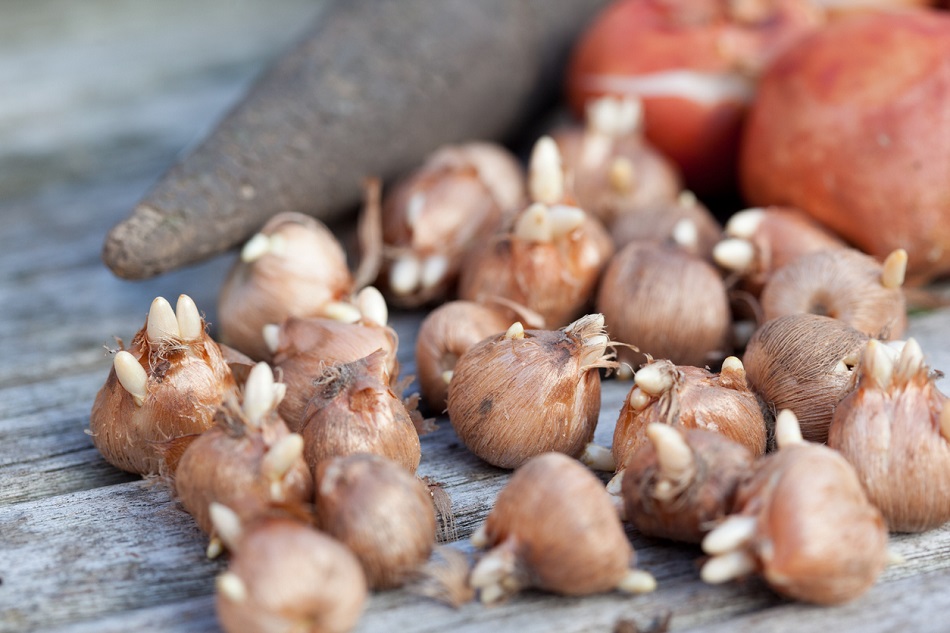
¿Cómo cuidar los tulipanes en invierno?
Los tulipanes pasan el invierno en el suelo donde se plantaron en otoño. Si el invierno es excepcionalmente frío y predominan las temperaturas bajas y bajo cero durante mucho tiempo, puedes decidir cubrir el lugar donde están plantados los tulipanes. De este modo te aseguras de que no se congelen.
¿Cuáles son las enfermedades más comunes de los tulipanes?
La botrytis es la mayor amenaza que puede afectar a los tulipanes y otras plantas de primavera. Puede hacer que toda la planta se marchite. En este caso, lo más importante son las medidas preventivas, como la pulverización con productos antifúngicos.
La marchitez por fusariosis también es peligrosa. Se puede reconocer por el amarillamiento y la pérdida de flexibilidad de las hojas. Esta enfermedad no se puede prevenir realmente, ya que los bulbos infectados son una de las causas más comunes.

📍 ¿Cuándo plantar tulipanes para que florezcan en Semana Santa?
Si quieres que los tulipanes florezcan en primavera, tienes que plantarlos en otoño. El periodo comprendido entre principios de septiembre y mediados de octubre es el mejor momento para plantar tulipanes. Todo depende del tiempo, ya que las plantas deben poder echar raíces antes de las primeras heladas. Si la temperatura baja rápidamente, hay que empezar a plantar tulipanes antes.
📍 ¿Cuál es la mejor época para plantar tulipanes?
Independientemente del tipo, los tulipanes deben plantarse en otoño. La floración temprana o tardía no depende del momento de la plantación, sino de la especie y la clasificación de las plantas.
📍 ¿Cuál es la fecha límite para plantar tulipanes?
Los tulipanes se pueden plantar hasta que la temperatura del suelo supere los 16 °C (60,8 F). De este modo, el suelo proporciona las condiciones que permiten a los tulipanes echar raíces.
Artículos destacados




